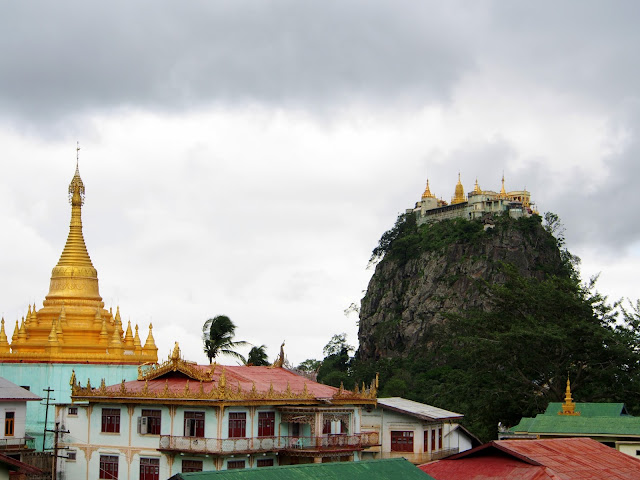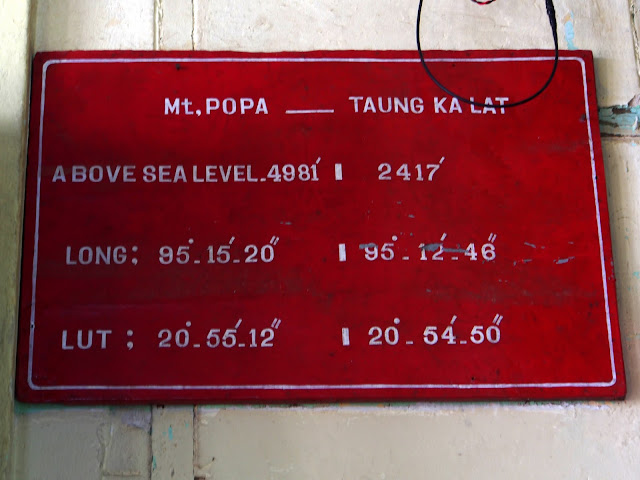I'm so thankful to Julie for featuring me here on her blog!
I've followed her travels for a while now because, honestly, it gives me so
many ideas to add to my own travel bucket list—like this
series on trekking in Nepal that I'm so jealous of! I'm really
pleased to be here.
Although my parents got me hooked on travel from the time I
was young, I think they were a little surprised (and no doubt nervous!) when I
told them about my first solo trip abroad. And when that spiraled into a
months-long trip traveling the world with just the contents of a backpack, they
were right to worry about me.
Unfortunately, no matter how seasoned a traveler you are, things can happen while you're on the road, just the same as if you were in any city in your home country.
But I think that parents and friends might worry a bit more when you're in far flung places around the world since you aren't likely to bump into them every day!
Unfortunately, no matter how seasoned a traveler you are, things can happen while you're on the road, just the same as if you were in any city in your home country.
But I think that parents and friends might worry a bit more when you're in far flung places around the world since you aren't likely to bump into them every day!
Here's a list of my top ten safety tips that have helped me
throughout my travels:
Travel is an amazing experience, but with all the chaos
going on in the world these days, it can also be a frightening experience both
for you and your loved ones.
Dangerous situations can really ruin a trip; to avoid them, do your research ahead of time and follow these ten tips!
About the Author: Jess Signet is an avid traveler who enjoys writing about her adventures. Jess loves off the beaten path adventures but also knows it's important to travel safely. She hopes these tips will help you to enjoy memorable, happy and safe travels. You can follow Jess and her travels at www.tripelio.com
Dangerous situations can really ruin a trip; to avoid them, do your research ahead of time and follow these ten tips!
About the Author: Jess Signet is an avid traveler who enjoys writing about her adventures. Jess loves off the beaten path adventures but also knows it's important to travel safely. She hopes these tips will help you to enjoy memorable, happy and safe travels. You can follow Jess and her travels at www.tripelio.com




















